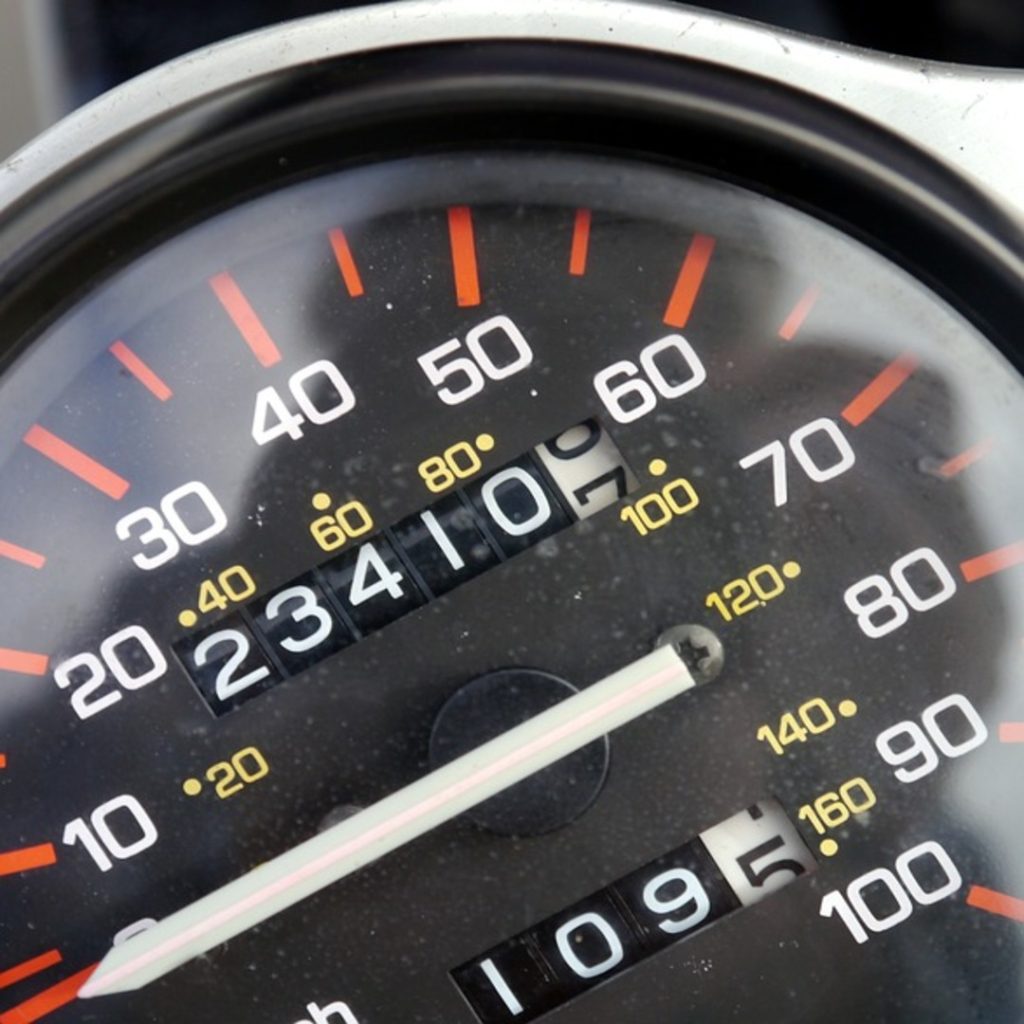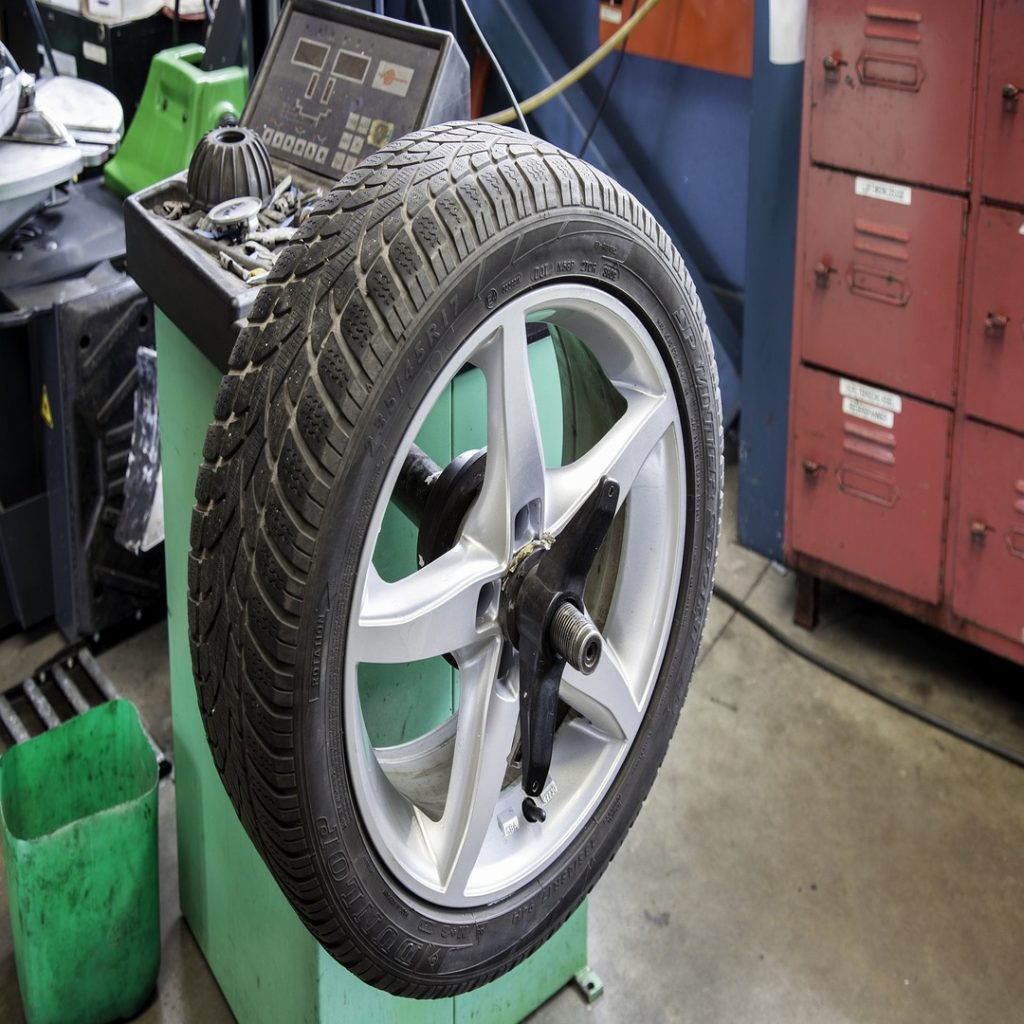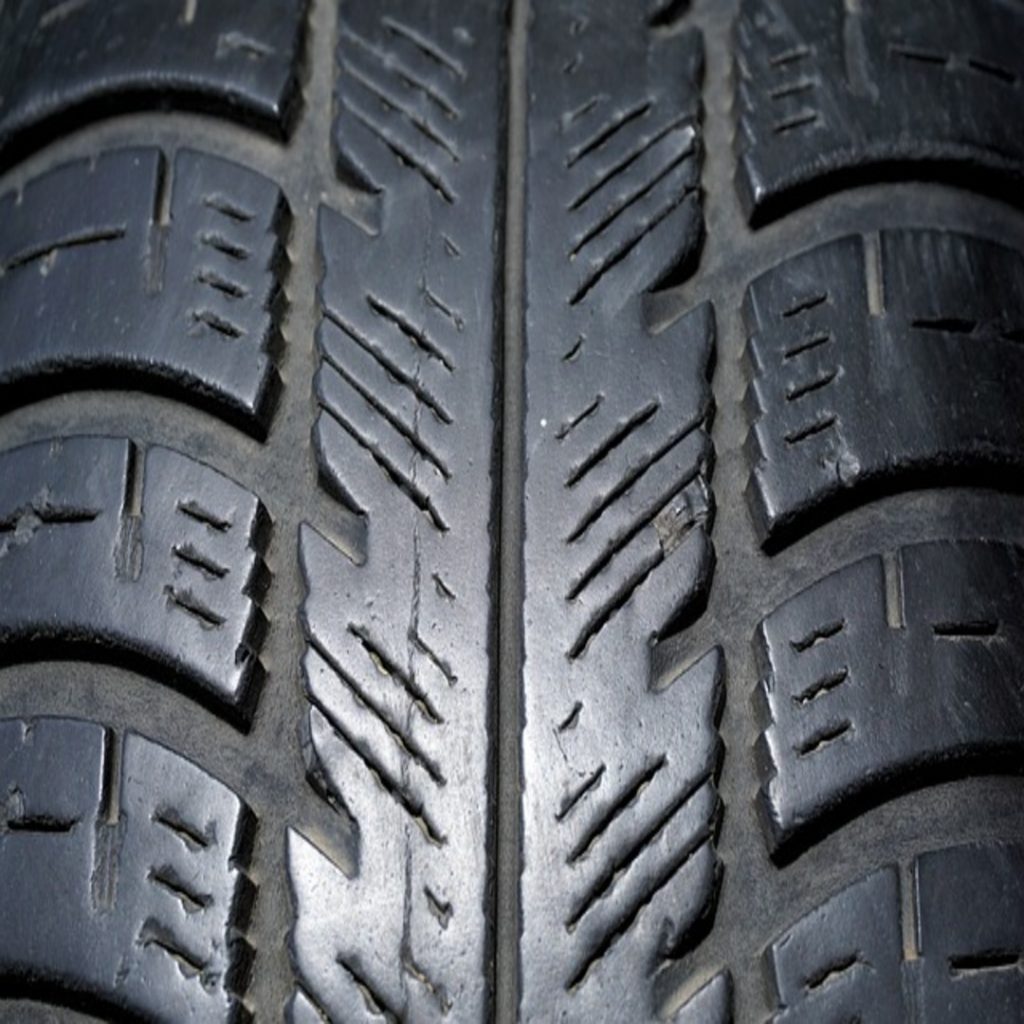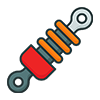Proper tyre care and maintenance are crucial to ensure the safety, performance, and longevity of your tyres. Here are the key areas to focus on:

1. Mileage
Why it matters: The mileage of your tyres indicates how long they will last under normal driving conditions. Proper tyre care can significantly extend their lifespan.
How to maintain good mileage:
- Tyre Rotation: Rotate your tyres every 5,000 km to ensure even wear. This helps prevent the front or rear tyres from wearing out too quickly.
- Driving Style: Avoid aggressive driving habits like rapid acceleration, hard braking, and taking sharp corners, which can cause quicker tyre wear.
- Vehicle Load: Ensure that your vehicle isn’t overloaded, as excessive weight puts extra stress on the tyres, leading to faster wear.

2. Balancing
Why it matters: Tyre balancing ensures that the weight of the tyre and wheel is evenly distributed, which helps avoid vibrations and uneven wear. Improperly balanced tyres can affect handling, ride comfort, and cause unnecessary wear on suspension components.
How to maintain balance:
- Signs of imbalance: If you feel vibrations in the steering wheel, seats, or floorboard at higher speeds, it could indicate that the tyres are unbalanced.
- When to balance: You should balance your tyres when they are installed, rotated, or if you experience any signs of vibration while driving. It’s also important to balance them if you notice uneven tyre wear.

3. Tread Depth
Why it matters: The tread on your tyres is critical for traction, particularly on wet or slippery roads. As tyres wear down, their ability to grip the road diminishes, which can lead to dangerous driving conditions such as hydroplaning.
How to check and maintain tread depth:
- Checking Tread Depth: Use a tread depth gauge, or perform the “penny test”. Insert a penny into the tread groove with Lincoln’s head facing down. If you can see the top of his head, the tread is too worn, and it’s time to replace the tyres.
- Legal Minimum: In many regions, the legal minimum tread depth is 1.6 mm. However, for better safety, consider replacing tyres when they reach 3 mm of tread depth, especially in wet conditions.
- Even Wear: Uneven wear can signal alignment issues or improper inflation. Check your tyres regularly for signs of uneven wear, such as one side of the tyre being more worn than the other.

4. Nitrogen Inflation
Why it matters: Nitrogen provides more stable tyre pressure compared to air, which contains moisture. This stability can help improve tyre performance, lifespan, and fuel efficiency.
Benefits of Nitrogen:
- Stable Pressure: Nitrogen-filled tyres experience less fluctuation in pressure due to temperature changes, which means they maintain optimal inflation for longer.
- Reduced Wear: Nitrogen reduces the internal oxidation of the tyre components (especially the rubber and steel belts), which can slow down the wear process.
- Better Fuel Efficiency: Properly inflated tyres reduce rolling resistance, helping improve fuel efficiency and vehicle performance.
How to use Nitrogen: If your tyres are already filled with nitrogen, it’s best to continue using nitrogen to maintain its benefits. If your tyres are filled with regular air, you can still top them off with nitrogen if needed, but it’s not necessary to convert completely.













